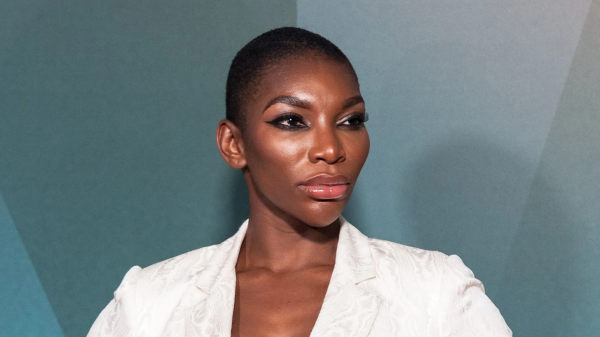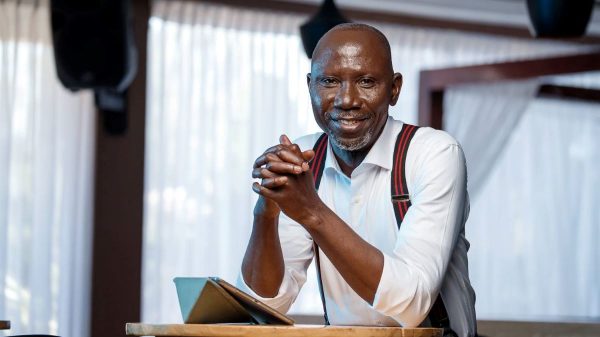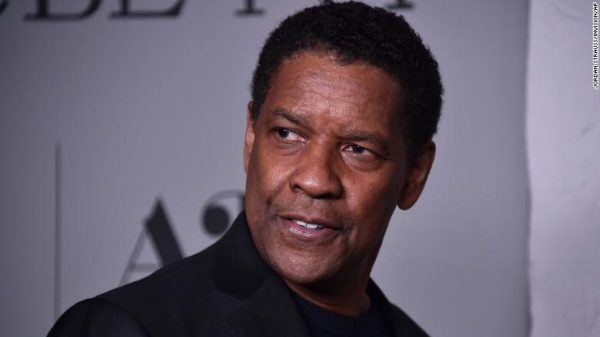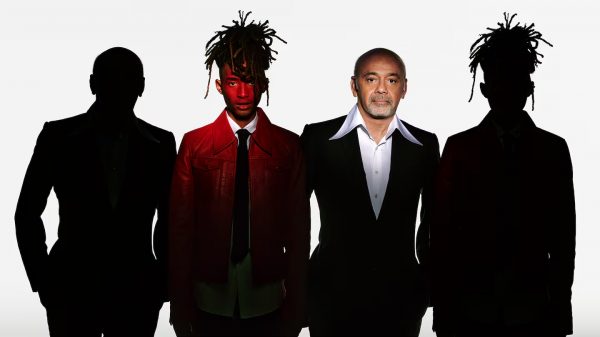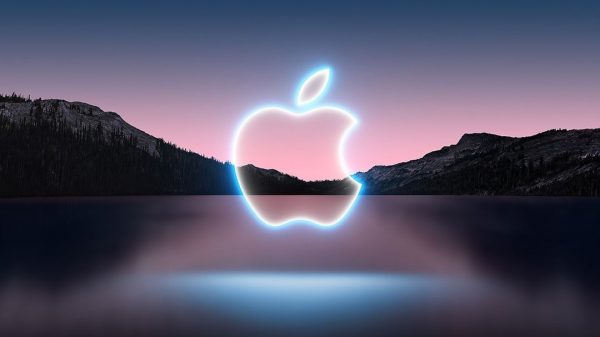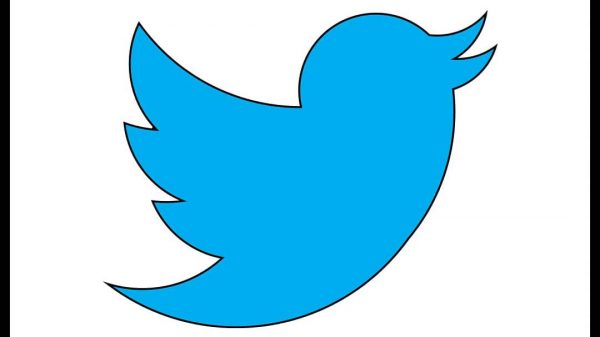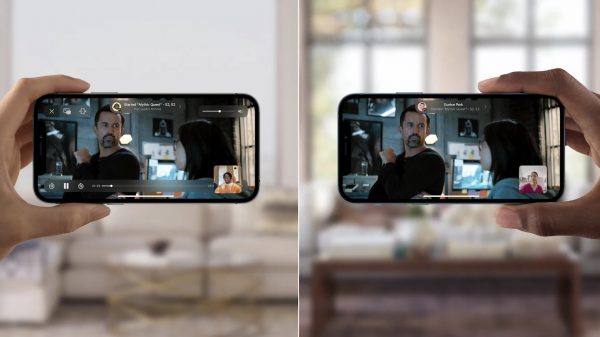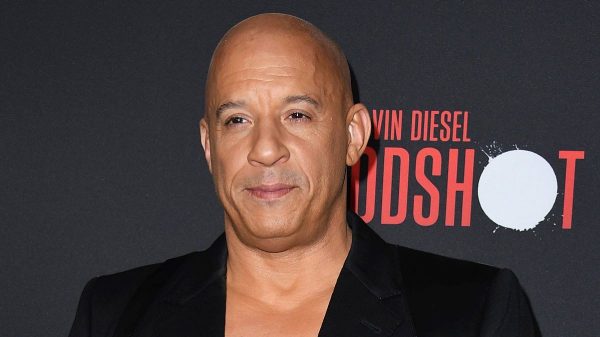Software magnate Bill Gates is one of the most famous people in the world, but the public barely knows him. Gates has been a household name for decades for two reasons: he was the face of Microsoft during an era when the company’s products became ubiquitous, and, perhaps more notably, he’s very, very rich. Yet, he’s never been the kind of celebrity whose personal life and political opinions are splashed across the tabloids and social media. And unlike the late Steve Jobs — his contemporary and occasional rival — Gates is rarely discussed in terms of some ineffable mystique.
The title of Davis Guggenheim’s three-part Netflix documentary Inside Bill’s Brain: Decoding Bill Gates (which debuts on Friday, September 20th) speaks to its subject’s opacity. What makes one of the world’s wealthiest people tick? What formed him? How did he come to dominate a fiercely competitive industry so thoroughly that the US government sued Microsoft under antitrust statutes?
Guggenheim gets into all that… sort of. Over the course of nearly three hours, Inside Bill’s Brain covers the basics of Gates’ life: his childhood, education, Microsoft stewardship, marriage to his wife Melinda, and the charitable foundation they co-manage.
At times, though, it seems like the Bill & Melinda Gates Foundation is this doc’s real subject. Each episode of Inside Bill’s Brain focuses on one of the foundation’s major initiatives: improving sewage conditions in developing countries, eradicating polio, and developing a cleaner, safer form of nuclear power. Each of the three parts shifts rapidly between interviews, biographical material, and fly-on-the-wall footage of the Gates team’s philanthropic missions. Guggenheim eschews traditional transitions, and instead jumps from subject to subject, even when there’s no clear connection between them.
The point, apparently, is to replicate Bill Gates’ thought processes. Having spent most of his adult life (and even some of his teenage years) juggling multiple complicated projects, Gates doesn’t have the kind of mind that functions in neat, straight lines. At one point, Melinda even laughs at this series’s title, saying that her husband’s brain is as cluttered and chaotic as the cheap apartment he once shared with Paul Allen when the two were building Microsoft.
Guggenheim’s approach is frequently frustrating. The director has multiple worthwhile stories to tell here, which may explain why Inside Bill’s Brain is being released as a series rather than as a feature film. (Another reason: Netflix seems to favor the multipart format over a single movie.) But whenever one of those stories starts to build some narrative momentum, the doc skips to another, and then to another, and then back again. Inside Bill’s Brain often feels more superficial than it actually is because it switches topics so freely.
Given what the series’s title promises, viewers may also be disappointed that so much of Inside Bill’s Brain is about his charity work, not about his life, personality, or beliefs. But that really shouldn’t be surprising to anyone familiar with Guggenheim’s other documentaries. He won an Oscar for An Inconvenient Truth, his film about former Vice President Al Gore’s efforts to educate the world about climate change. He also made Waiting for “Superman” about the flaws in the American public school system, and He Named Me Malala about Malala Yousafzai, the Nobel-winning Pakistani advocate for women’s rights. Guggenheim has a history of using his work as a form of social advocacy.
He isn’t turned off by wonky details, either. Inside Bill’s Brain risks losing its audience with its first episode, which keeps the Gates biography to a minimum, and instead dedicates a lot of its run time to various designs for better public toilets that are meant to improve the water supply in poorer villages and neighborhoods. The episode demands some fascination with plumbing and a high tolerance for images of fecal matter — both in graphic video footage and in the animated illustrations Guggenheim uses throughout the series.
If Netflix subscribers only have time to watch one Inside Bill’s Brain episode, they should pick the second, which comes closest to doing some “decoding.” The scenes dealing with Gates’ philanthropy largely take a back seat to reflections on the most significant decade of his life. In the 1970s, he and his high school classmate Paul Allen began making money with their programming skills and started talking about plans to develop software for the burgeoning personal computer market. Gates dropped out of Harvard in 1975, worried that if he waited until after he graduated to launch Microsoft, he’d arrive too late.
Part two of Guggenheim’s documentary gets into Gates’ preternatural drive to succeed, which, in the early years of Microsoft, had him memorizing license plate numbers in the company’s parking lot to track who was staying late. (A veteran of those days recalls the running joke that Microsoft jobs were “part-time” because employees could choose which 12 hours of the day they wanted to work.) Gates’ obsessive work habits eventually drove a wedge between him and Allen, and the obvious regret he has about how that friendship ending provides some of Inside Bill’s Brain’s more emotional moments.
The third episode could’ve used some of that emotion. The more biographical moments in part three deal with how Bill and Melinda met and married and how Gates handled accusations that he’d turned Microsoft into a monopoly. The billionaire is much more guarded in this set of interviews. He comes to life more in the episode’s other scenes, which have to do with potentially revolutionary ways of generating cheap energy.
In the end, Guggenheim fails to reconcile his competing agendas: to take an up-close and personal look one of this era’s most important cultural figures and to tally all the ways Gates is trying to leave a lasting, positive legacy. It doesn’t help that the director puts so much of himself into the doc, making his conversations with Gates seem like two amiable acquaintances shooting the breeze, rather than like a journalist pushing hard for meaningful answers.
Inside Bill’s Brain does have some fleeting insights into who Gates is and what he’s accomplished — again, mostly in episode two. But there’s a moment in the series where Guggenheim and Gates talk about the latter’s periodic “think weeks” where he goes off the grid with a stack of books and tries to open himself up to new ideas, largely unrelated to his daily work. A more focused version of this docuseries, with the same title and intentions, might’ve started here. Left alone with his thoughts, who is Bill Gates? Maybe someday, a better documentary will answer that question.
























